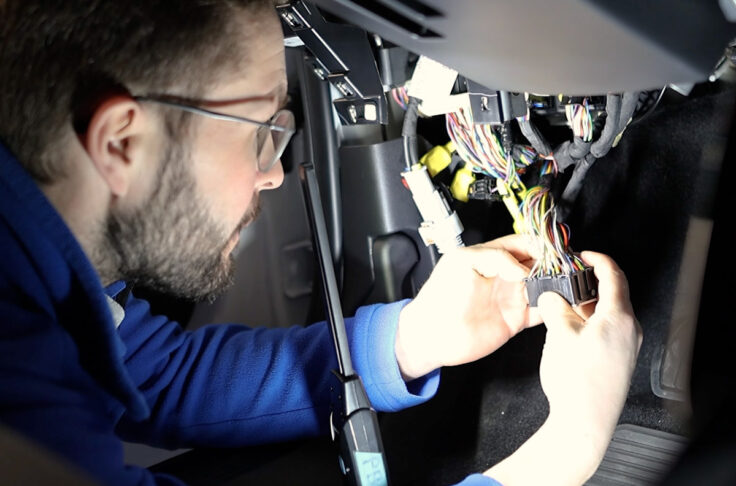Insights Interview on Station-Based Car Sharing in Switzerland
Summary
We interviewed Andrea Keiser, Team Lead Infrastructure & Electrification at Mobility, about their Swiss car sharing expertise. The topics included the legal form of a cooperative, car sharing in rural areas, their sustainability goals and impact, and the role of a dense network of car sharing stations. Mobility is a Swiss car sharing operator that runs a station-based system. The cooperative offers its 277,000 customers more than 3,000 vehicles at 1,600 locations. According to Mobility, one of its cars replaces eleven private cars, saving space, reducing traffic and protecting the environment.

The European car sharing market is complex, featuring a diverse range of business models implemented on the streets. Operators employ various strategies, such as station-based services, peer-to-peer car sharing, and free-floating services, to address distinct use cases and offer distinct services. In addition, the European car sharing market is one of the largest and the most complex in the world. To address and explain some of these complexities, INVERS publishes the “European Car Sharing Barometer”. This 70-page report helps car sharing operators quickly understand key market dynamics, insights, and trends.
Mobility is one of the largest car sharing cooperatives in the world. What does that mean for your users and how do you think it affects you as a company?
It is certainly a great advantage that Mobility has been around for over 25 years. We have gained a lot of experience in operating car sharing and have built up a dense network of over 3,000 vehicles. Switzerland is predestined for car sharing thanks to its small size and well-developed public transport network. In urban areas in particular, it is now easy to replace private cars with car sharing. The legal form of a cooperative also helps us to take a long-term perspective and not focus on short-term profit. There are many passionate fans among the members of the cooperative who are personally committed to Mobility and ensure broad support.
You provide car sharing in many rural areas. What advice would you give to other operators to take car sharing beyond the big cities?
It is more challenging to operate car sharing in rural areas. We almost always base our vehicles at railway stations because public transport in Switzerland also works well on the periphery.
On the one hand, more people with an affinity for public transport live near train stations, and on the other hand, this ensures seamless, shared mobility. We also work with municipalities, areas and companies. They have the opportunity to establish Mobility car sharing in their area through sponsorship. Together, we can build a larger network and give more people access to shared vehicles.
Could you describe us your sustainability goals and how you plan to achieve them?
Our car sharing service is already fundamentally sustainable, as one shared car replaces 11 private vehicles. However, Mobility also wants to reduce its own emissions to net zero by 2040 and has therefore committed itself to the Science Based Targets initiative (SBTi). The biggest lever in reducing CO2 emissions is the conversion of the vehicle fleet to electric drives. There are already 600 electric cars in use, and the number is growing. In addition, Mobility customers can voluntarily pay an extra three Swiss Rappen per kilometer driven to take responsibility for the emissions caused by their journey. Every customer contribution is doubled by Mobility and invested in sustainability projects.
What is the optimal station density for station-based car sharing in Switzerland?
The answer to this question is far from trivial. Our 1,600 stations with over 3,000 vehicles are all integrated into a local system that is not the same everywhere. How well an individual location performs is a combination of factors and is not always predictable, even for us. It is clear that a dense network is very important, especially in cities, so that a car is available within walking distance even for last-minute requests. In Switzerland’s largest cities, the nearest Mobility station is usually a five-minute walk away. If the demand is not quite sufficient for a self-service operation, we offer simple and attractive services for companies, municipalities and areas.
Further insights into the European car sharing market
Thank you, Andrea, for sharing your expert insights.
For more information and interesting findings about European car sharing, we encourage readers to check out our 70-page European Car Sharing Barometer 2024 with more expert interviews as well as insights from national car sharing associations. To discover more from Mobility, please visit their website.


